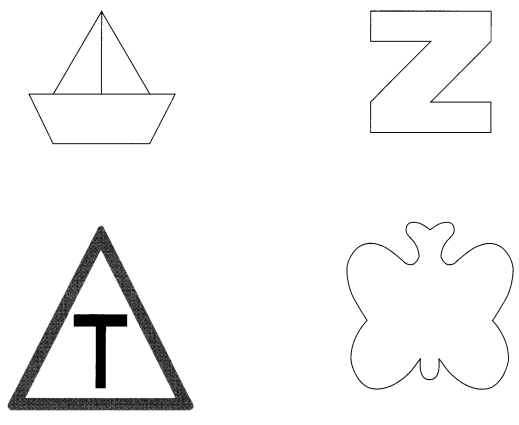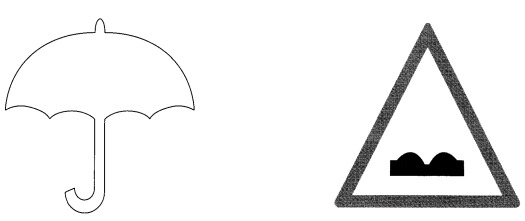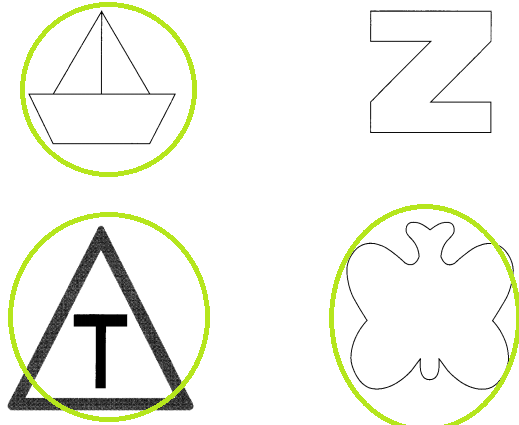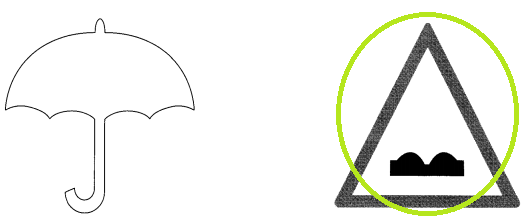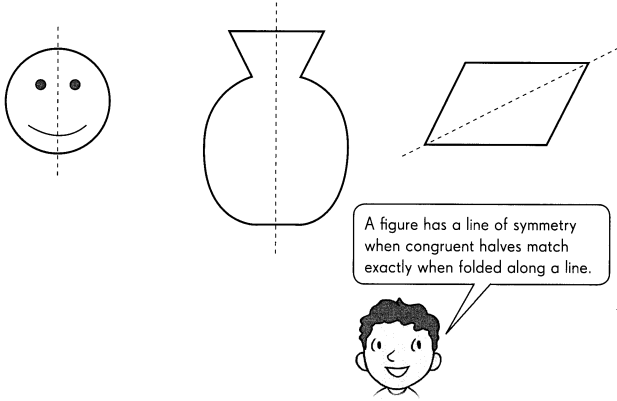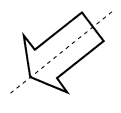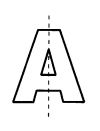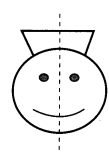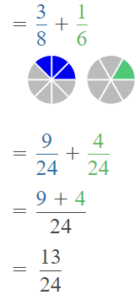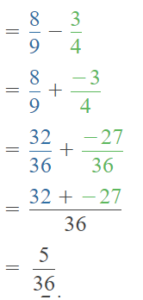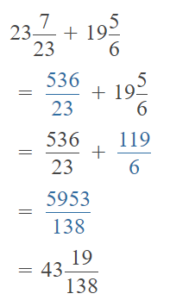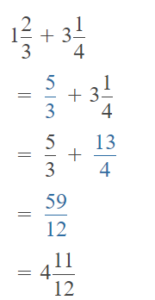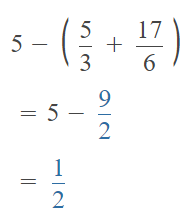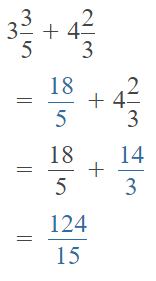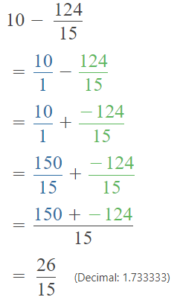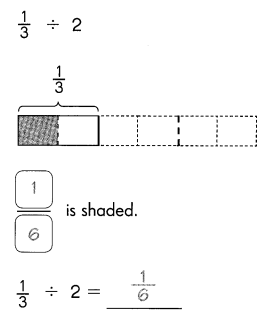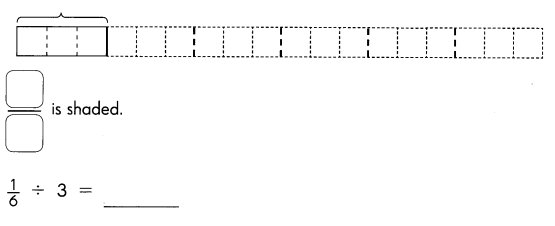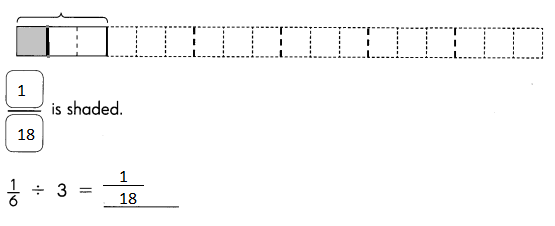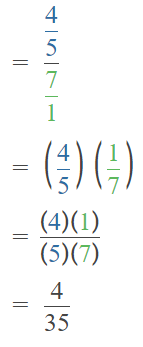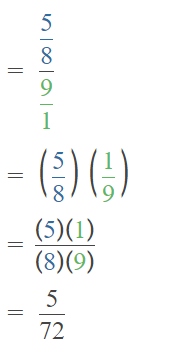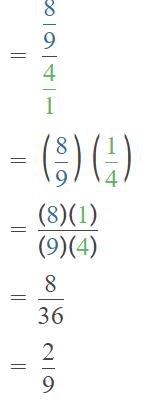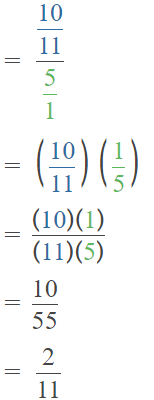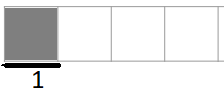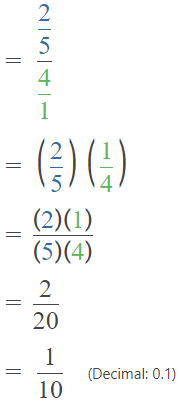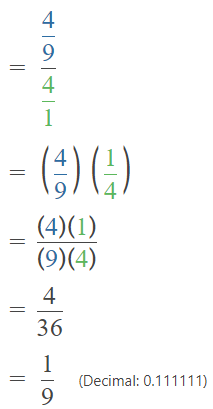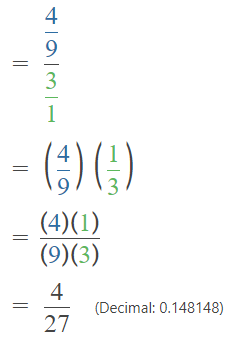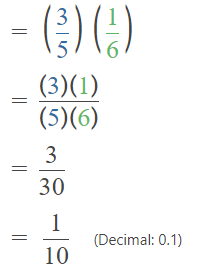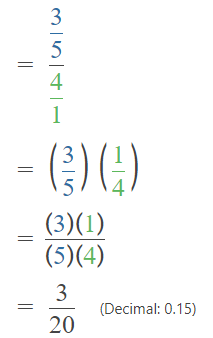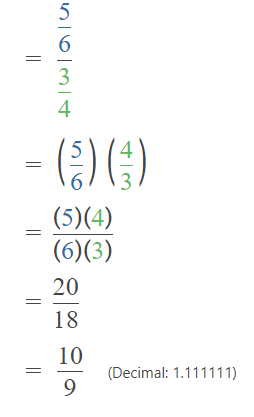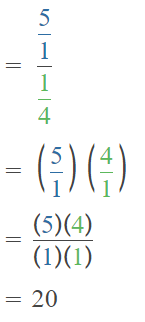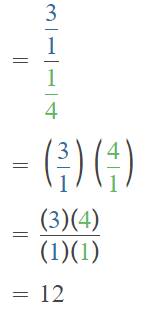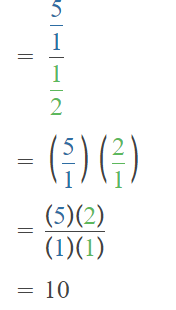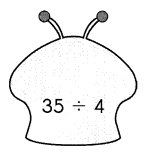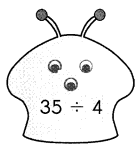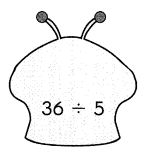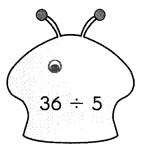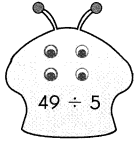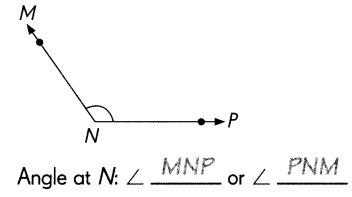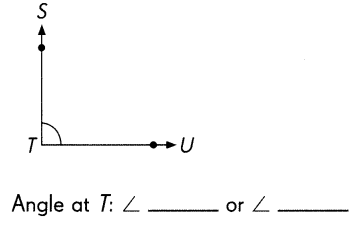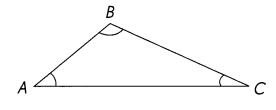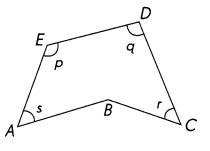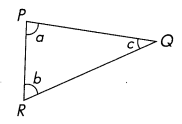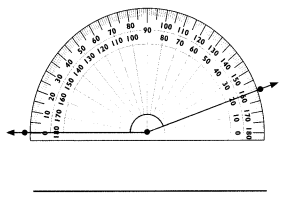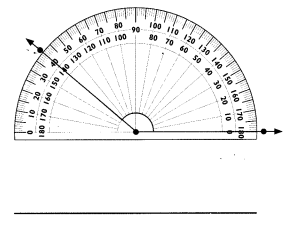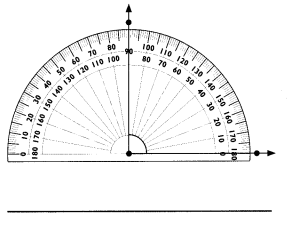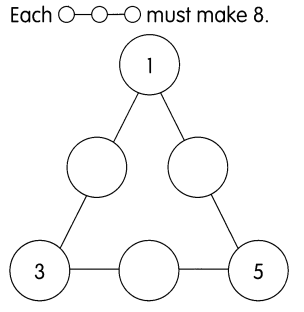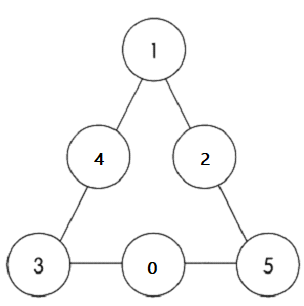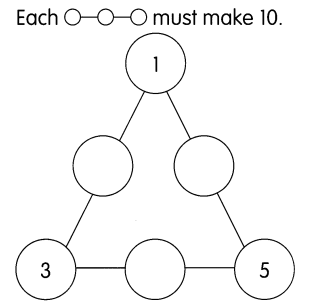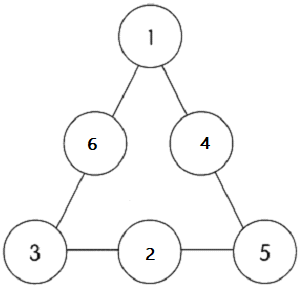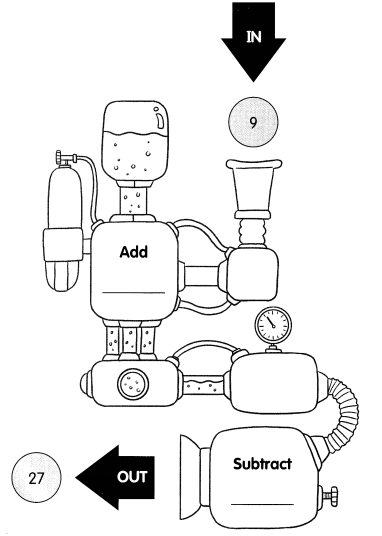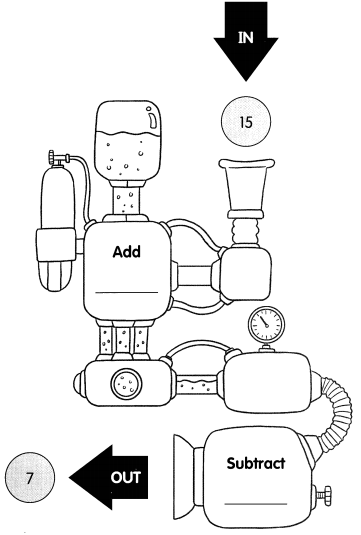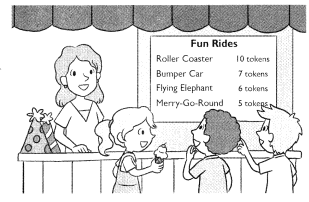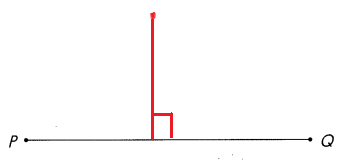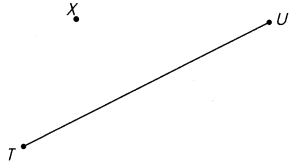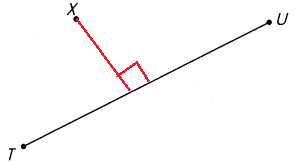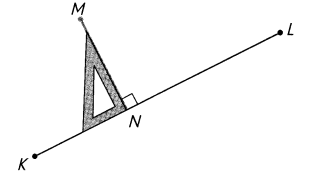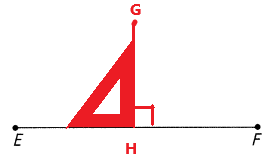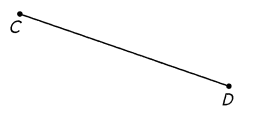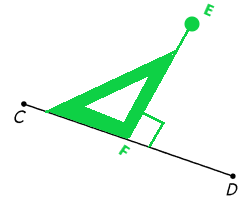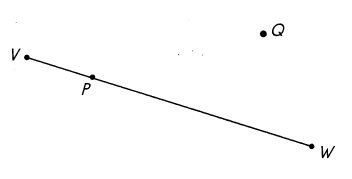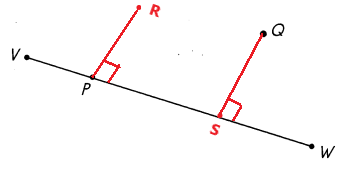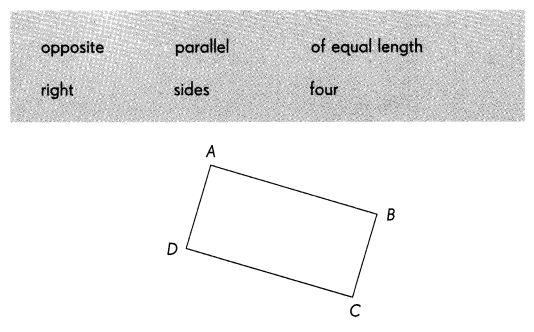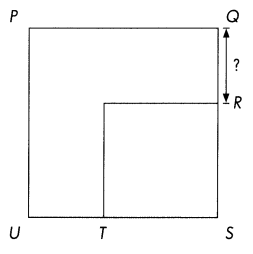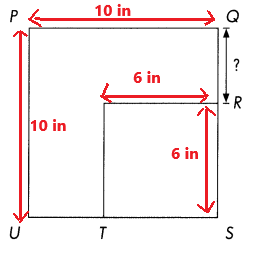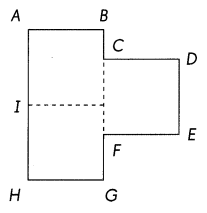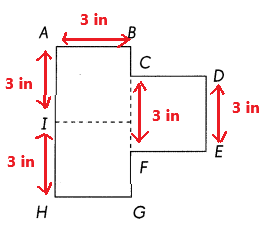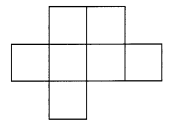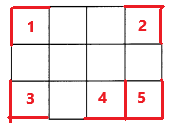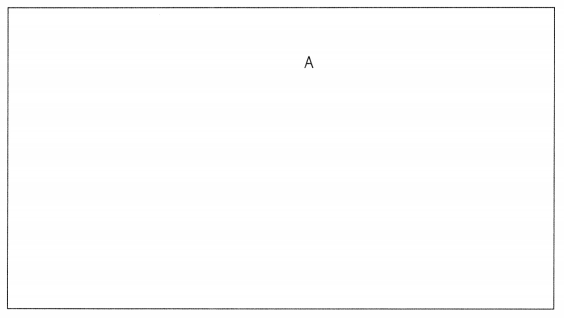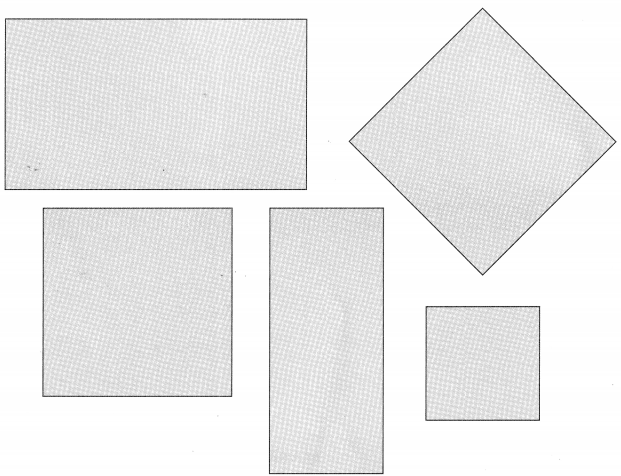Practice the problems of Math in Focus Grade 3 Workbook Answer Key Chapter 11 Practice 2 Kilometers and Meters to score better marks in the exam.
Math in Focus Grade 3 Chapter 11 Practice 2 Answer Key Kilometers and Meters
Complete.
Example
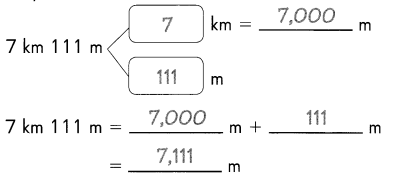
Question 1.

5 km 26 m = __________ m + __________ m
= _________ m
Answer:

5 km 26 m = 5000 m + 26 m
= 5026 m
Explanation:
Converting kilometers to meters
1 kilometer = 1000 meters
Question 2.

8 km 8 m = __________ m + __________ m
= _________ m
Answer:

8 km 8 m = 8000 m + 8 m
= 8008 m
Explanation:
Converting kilometers to meters
1 kilometer = 1000 meters
Write in meters.
Question 3.
5 km 505 m = __________ m + __________ m = __________ m
Answer:
5 km 505 m = 5000 m + 505 m = 5505 m
Explanation:
Converting kilometers to meters
1 kilometer = 1000 meters
Question 4.
8 km 500 m = __________ m + __________ m = __________ m
Answer:
8 km 500 m = 8000 m + 500 m = 8500 m
Explanation:
Converting kilometers to meters
1 kilometer = 1000 meters
Question 5.
8 km 50 m = __________ m + __________ m = __________ m
Answer:
8 km 50 m = 8000 m + 50 m = 8050 m
Explanation:
Converting kilometers to meters
1 kilometer = 1000 meters
Question 6.
9 km 5 m = __________ m + __________ m = __________ m
Answer:
9 km 5 m = 9000 m + 5 m = 9005 m
Explanation:
Converting kilometers to meters
1 kilometer = 1000 meters
Complete.
Example
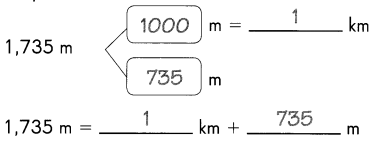
Question 7.

3,056 m = ___________ km ___________ m
Answer:

3,056 m = 3 km 56 m
Explanation:
Converting the given meters to kilometers and meters
1 kilometer = 1000 meters
Question 8.

6,009 m = ___________ km ___________ m
Answer:

6,009 m = 6 km 9 m
Explanation:
Converting the given meters to kilometers and meters
1 kilometer = 1000 meters
Write in kilometers and meters.
Question 9.
2,050 m = ___________ m + ___________ m = ___________ km ___________ m
Answer:
2,050 m = 2000 m + 50 m = 2 km 50 m
Explanation:
Converting the given meters to kilometers and meters
1 kilometer = 1000 meters
Question 10.
7,900 m = = ___________ m + ___________ m = ___________ km ___________ m
Answer:
7,900 m = = 7000 m + 900 m = 7 km 900 m
Explanation:
Converting the given meters to kilometers and meters
1 kilometer = 1000 meters
Question 11.
9,090 m = = ___________ m + ___________ m = ___________ km ___________ m
Answer:
9,090 m = = 9000 m + 90 m = 9 km 90 m
Explanation:
Converting the given meters to kilometers and meters
1 kilometer = 1000 meters
Question 12.
9,009 m = = ___________ m + ___________ m = ___________ km ___________ m
Answer:
9,009 m = = 9000 m + 9 m = 9 km 9 m
Explanation:
Converting the given meters to kilometers and meters
1 kilometer = 1000 meters
Choose the unit you would use to measure each. Write kilometers or meters.
Question 13.
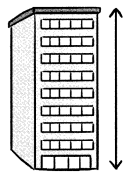
The building is about 30 ____________ tall.
Answer:
The building is about 30 meters tall.
Explanation:
The building cannot be measured in Kilometers
it is measured in meters
Question 14.
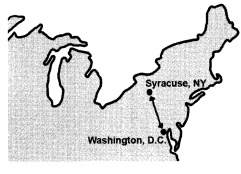
The distance from Washington, D.C., to Syracuse, New York, is about 470 _____________.
Answer:
The distance from Washington, D.C., to Syracuse, New York, is about 470 kilometers.
Explanation:
The distance between states cannot be measured in meters
so it is measured in kilometers
Question 15.
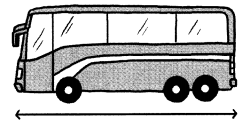
A bus is about 10 _____________ long.
Answer:
A bus is about 10 meters long.
Explanation:
The bus cannot be measured in Kilometers
it is measured in meters
Question 16.

The total length of the Golden Gate Bridge is about 3 _____________.
Answer:
The total length of the Golden Gate Bridge is about 3 kilometers.
Explanation:
The length of bridge cannot be measured in meters
so it is measured in kilometers
Complete.
Jacob is at an amusement park. He wants to visit all four theme parks. Find the length of each path he wants to take.
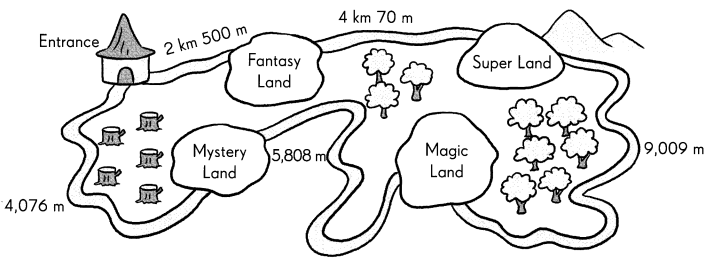
Question 17.
Jacob needs to travel _____________ meters from the entrance to Fantasy Land.
Answer:
Jacob needs to travel 2500 meters from the entrance to Fantasy Land.
Explanation:
The length from entrance to Fantasy Land.
1 kilometer = 1000 meters
2 km 500 m = 2000 + 500 = 2500 meters
Question 18.
Super Land is _____________ meters from Fantasy Land.
Answer:
Super Land is 4070 meters from Fantasy Land.
Explanation:
1 kilometer = 1000 meters
The distance from Super Land to Fantasy Land is 4 km 70 m
4000 + 70 = 4070 meters
Question 19.
From _____________ to Magic Land, he has to travel a distance of 9 kilometers 9 meters.
Answer:
From super land to Magic Land, he has to travel a distance of 9 kilometers 9 meters.
Explanation:
The distance from super land to Magic Land, is 9009 meters
1 kilometer = 1000 meters
9 kilometers + 9 m
Question 20.
Magic Land is _____________ kilometers _____________ meters from Mystery Land.
Answer:
Magic Land is 5 kilometers 808 meters from Mystery Land.
Explanation:
1 kilometer = 1000 meters
5808 = 5000 + 808 = 5 km + 808 m
Question 21.
Mystery Land is _____________ kilometers _____________ meters from the entrance.
Answer:
Mystery Land is 4 kilometers 76 meters from the entrance.
Explanation:
1 kilometer = 1000 meters
4076 = 4000 + 76 = 4km + 76 meters
